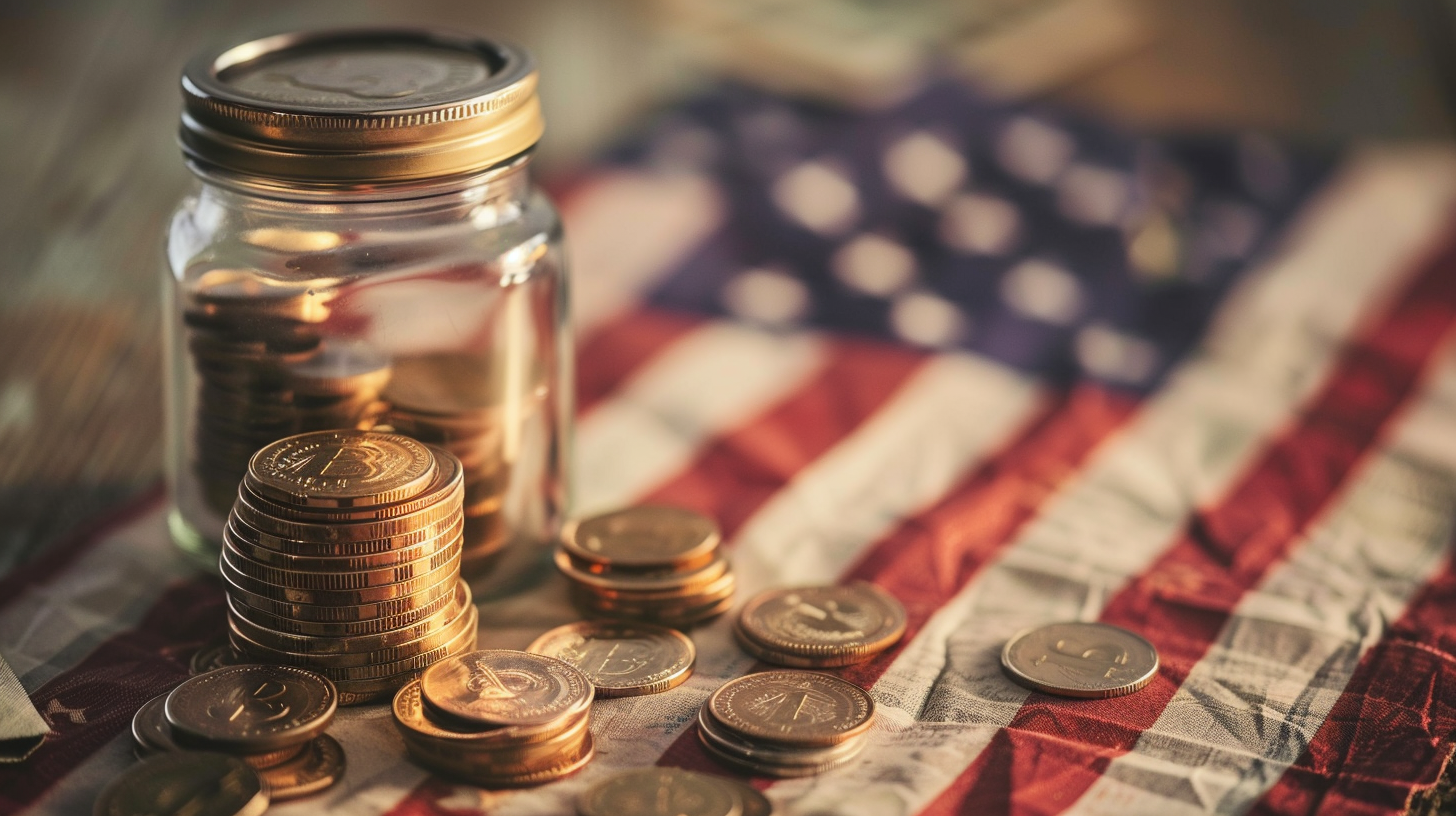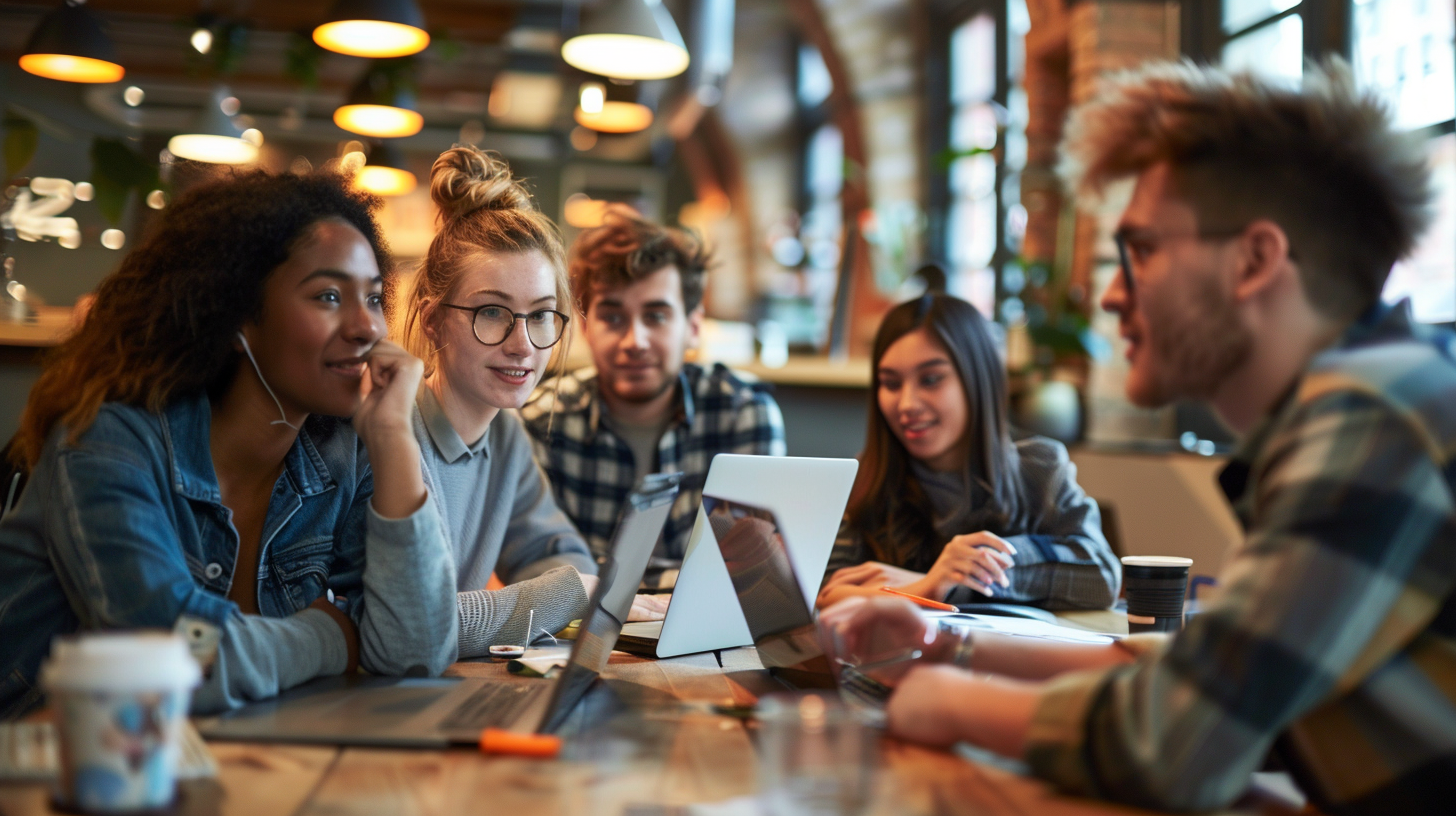| Key Points: – S&P 500 and Nasdaq near record highs as strong June retail sales and jobless claims data signal economic resilience. – Tech sector leads gains, boosted by TSMC’s record earnings and rising AI-related demand. – Investors look past political noise, focusing instead on steady consumer activity and strong corporate performance. |
U.S. stock markets continued their upward momentum on Thursday, with major indexes climbing toward record highs as upbeat economic data and solid corporate earnings supported investor sentiment. The S&P 500 and Nasdaq Composite were both on track to close at fresh all-time highs, bolstered by renewed strength in technology stocks and encouraging signals from consumers and the labor market. The Dow Jones Industrial Average also posted modest gains, contributing to a broadly positive tone across equities.
Retail sales rose in June, easing concerns that recently imposed tariffs by President Donald Trump would dampen consumer spending. The rebound in sales provided reassurance that household demand remains resilient, even amid ongoing trade policy uncertainty. The data served as a key indicator of economic stability, reinforcing the notion that U.S. consumers—who drive a significant portion of economic activity—remain active despite geopolitical and financial headwinds.
At the same time, the Department of Labor reported that weekly jobless claims fell to 221,000 in the week ending July 12, the lowest in three months. After an uptick in claims earlier this spring, the recent decline suggests that the labor market remains relatively strong. The drop in new unemployment filings adds to growing optimism that the broader economy is on stable footing heading into the second half of the year.
Corporate earnings also played a major role in Thursday’s market momentum. Taiwan Semiconductor Manufacturing Company (TSMC), a key supplier to Nvidia and other major chipmakers, posted record quarterly profits, citing strong demand for artificial intelligence-related components. The announcement sent TSMC shares higher and sparked a rally among semiconductor stocks, further fueling the tech-heavy Nasdaq’s gains. Meanwhile, PepsiCo surprised investors with a revenue beat and revised its 2025 profit forecast to a smaller decline, suggesting stronger-than-expected consumer demand in the beverage and snack sectors.
Attention also turned to Netflix, which was scheduled to report earnings after the market close. As the first of the Big Tech companies to release quarterly results this season, the streaming giant’s performance is seen as a bellwether for investor expectations in the sector. Netflix shares have been on a strong run in 2025, reflecting optimism about its growth trajectory and content strategy.
In the background, political developments in Washington continued to simmer, with President Trump’s criticisms of Federal Reserve Chair Jerome Powell drawing attention. While Trump said he had no current plans to remove Powell, his public comments have reignited speculation about potential interference with central bank policy. However, markets appeared to shrug off the rhetoric for now, focusing instead on tangible economic and earnings data.
Looking ahead, investors are closely watching the Federal Reserve’s upcoming meeting in two weeks. Market expectations overwhelmingly point to no change in interest rates, as inflation data remains mixed and the Fed stays cautious. For the moment, the combination of strong consumer data, robust earnings, and a relatively stable economic outlook appears to be outweighing political noise, helping stocks push further into record territory.













